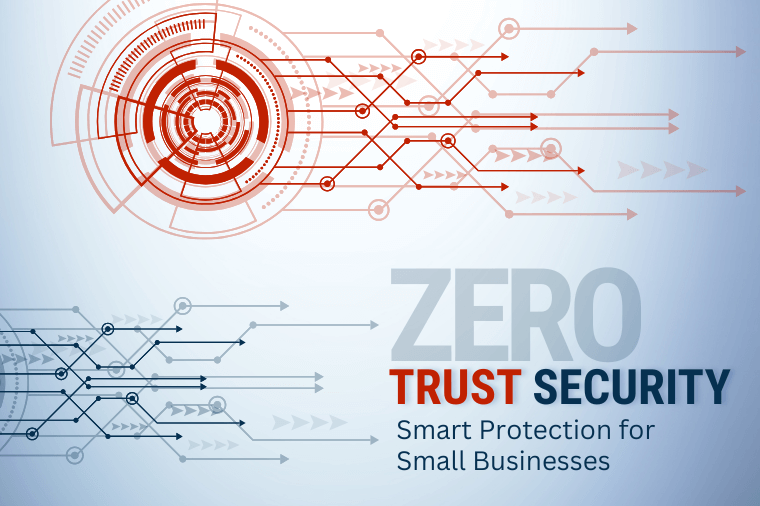What is Data Loss Prevention (DLP)?
Data Loss Prevention (DLP) is an advanced security system that helps identify critical data, track its usage, and block unauthorized access or sharing of sensitive information, which improves digital security. It ensures that critical data is protected from loss, theft, or abuse. This relates to financial data, customer information, trade secrets, or anything else that makes your business run effectively.
DLP is not only intended to prevent hackers from getting through. It also prevents human mistakes, like accidentally sending a spreadsheet of customer information to the wrong email address or recipient.
7 Must-Follow DLP Best Practices
1. Schedule regular backups.
2. Encrypt private data.
3. Protect what matters most.
4. Use security tools or automated DLP solutions.
5. Implement strong access controls.
6. Educate your employees.
7. Have a recovery plan.
Making DLP Work For Your Business
Data Loss Prevention (DLP) is about safeguarding your precious business data from loss and theft. Whether it is confidential customer data, financial data, or business plans, data loss can result in expensive delays and harm to your reputation. But with DLP, you have effective solutions to avoid loss of data, secure your assets, and have peace of mind—without the need for advanced systems or technical know-how.
The key to making DLP work is consistency, not perfection. Start with the basics and gradually increase your efforts. Begin small, grow your plan as your business expands, and consider incorporating tools such as DLP software for additional protection. Whether it’s a regulatory issue, building trust with customers, or protecting your data, DLP keeps you safe so you can do what you do best—run your business.










